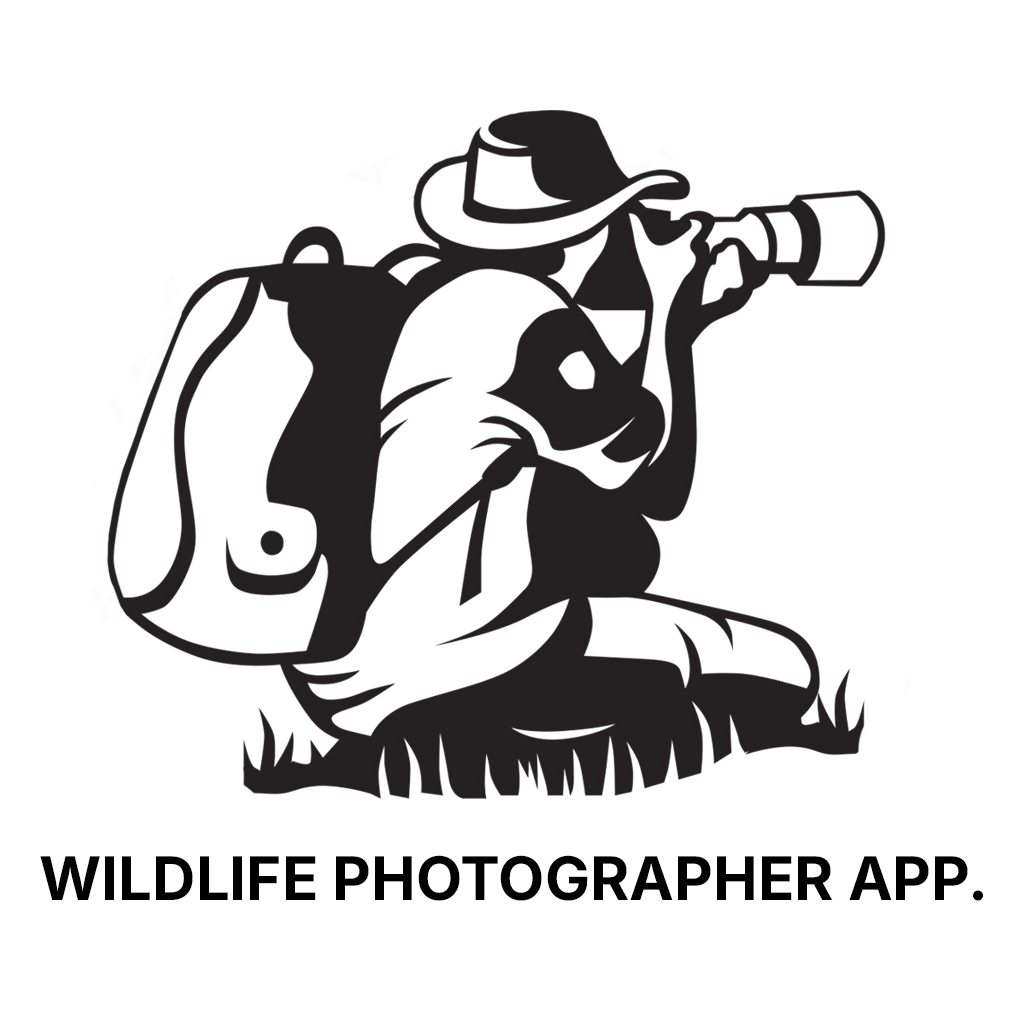Your wildlife photography guide.
Explore the weyn's duiker in detail, study its behavior, prepare your shots.
Where to observe and photograph the weyn's duiker in the wild
Learn where and when to spot the weyn's duiker in the wild, how to identify the species based on distinctive features, and what natural environments it inhabits. The WildlifePhotographer app offers tailored photography tips that reflect the weyn's duiker’s behavior, helping you capture better wildlife images. Explore the full species profile for key information including description, habitat, active periods, and approach techniques.
Weyns's Duiker
Scientific name: Cephalophus weynsi

IUCN Status: Near Threatened
Family: BOVIDAE
Group: Mammals
Sensitivity to human approach: Shy
Minimum approach distance: 10 m
Rut period: May to July
Gestation: 210-220 jours
Births: December to January
Habitat:
Dense forests, wooded savannas
Activity period :
Active at dawn and dusk, ideal moments for observation.
Identification and description:
The Weyns's Duiker is a small, elusive antelope native to the dense forests of Central Africa. It is characterized by its reddish-brown coat and short, straight horns. This mammal is typically solitary, although it can sometimes be seen in small family groups. It primarily feeds on leaves, fruits, and young shoots, playing a crucial role in seed dispersal. Its ability to move silently through dense vegetation makes it a challenging animal to spot in its natural habitat. Although not currently endangered, deforestation and hunting pose potential threats to its long-term survival.
Recommended lens:
400 mm – adjust based on distance, desired framing (portrait or habitat), and approach conditions.
Photography tips:
To photograph the Weyns's Duiker, it is advisable to use a 400mm or longer telephoto lens to capture detailed images from a distance. Given its shy nature and dense habitat, it's best to remain still and quiet to avoid startling it. The best photo opportunities often occur at dawn or dusk when the animal is most active. Use a tripod to stabilize your camera and adjust ISO settings to compensate for low light under the canopy.
The WildlifePhotographer App is coming soon!
Be the first to explore the best nature spots, track rutting seasons, log your observations, and observe more wildlife.
Already 1 428 wildlife lovers subscribed worldwide

